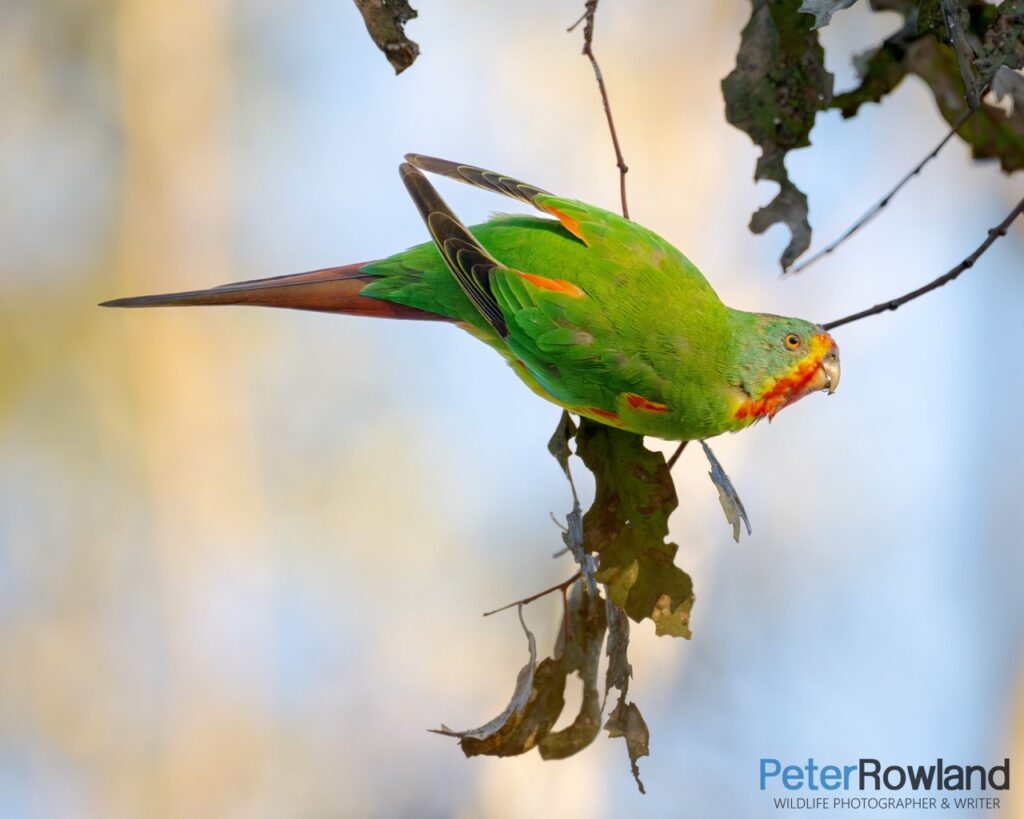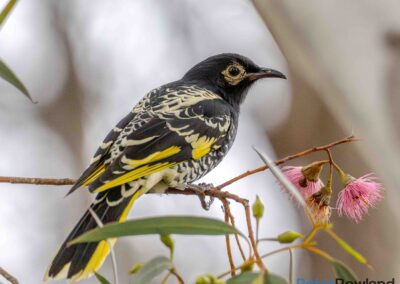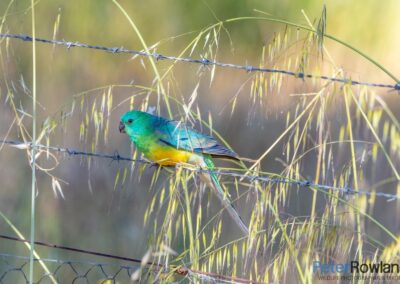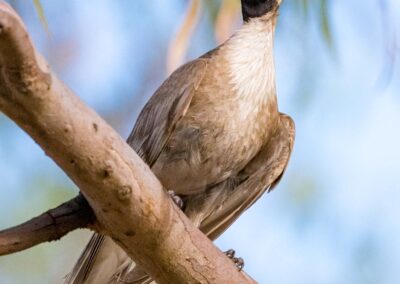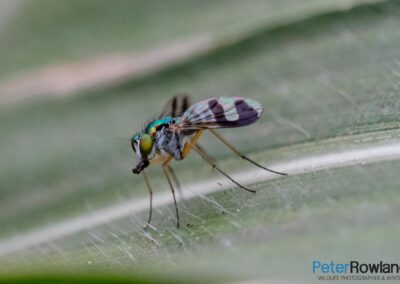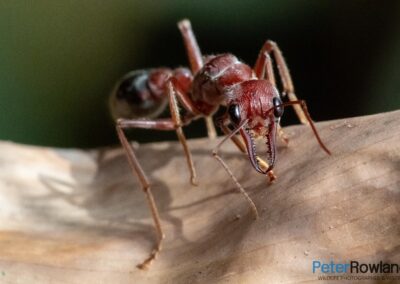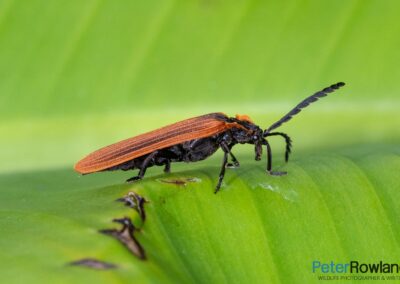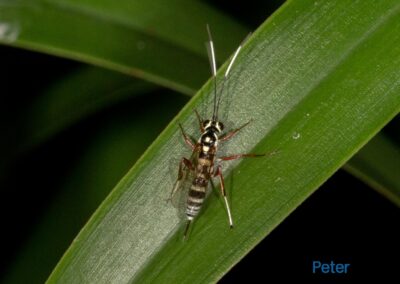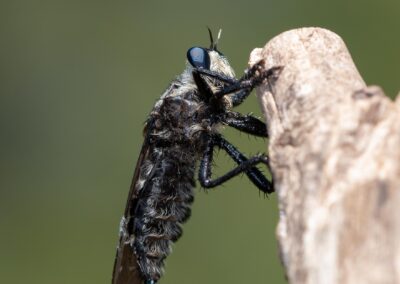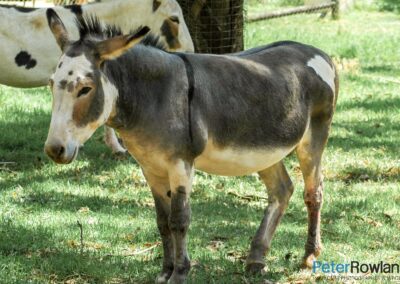Scientific Name: Lathamus discolor
Size: around 25 cm
What does it look and sound like?
Appearance and Key Features
The Swift Parrot is a bright green, slender parrot that grows to about 25 cm in size
Juveniles
Juvenile Swift Parrots are duller in colour than the adults, which is particularly noticeable in their facial markings
Similar Species
The Swift Parrot may be confused with several lorikeet species, but lorikeets have shorter tails
Where is it found?
Distribution and Migration
The Swift Parrot is a migratory bird that breeds in Tasmania and migrates to mainland south-eastern Australia for the winter
Conservation Status
The Swift Parrot is listed as critically endangered in both Australia and Victoria
What are its habitats & habits?
Habitat
On the mainland, the Swift Parrot is found in dry sclerophyll forests and open eucalypt woodlands, especially when the trees are flowering
Habits and Breeding
Swift Parrots are highly vocal, making a constant high-pitched chatter while in the canopy or flying between flowering trees
This species features in my book Australia’s Birdwatching Megaspots
